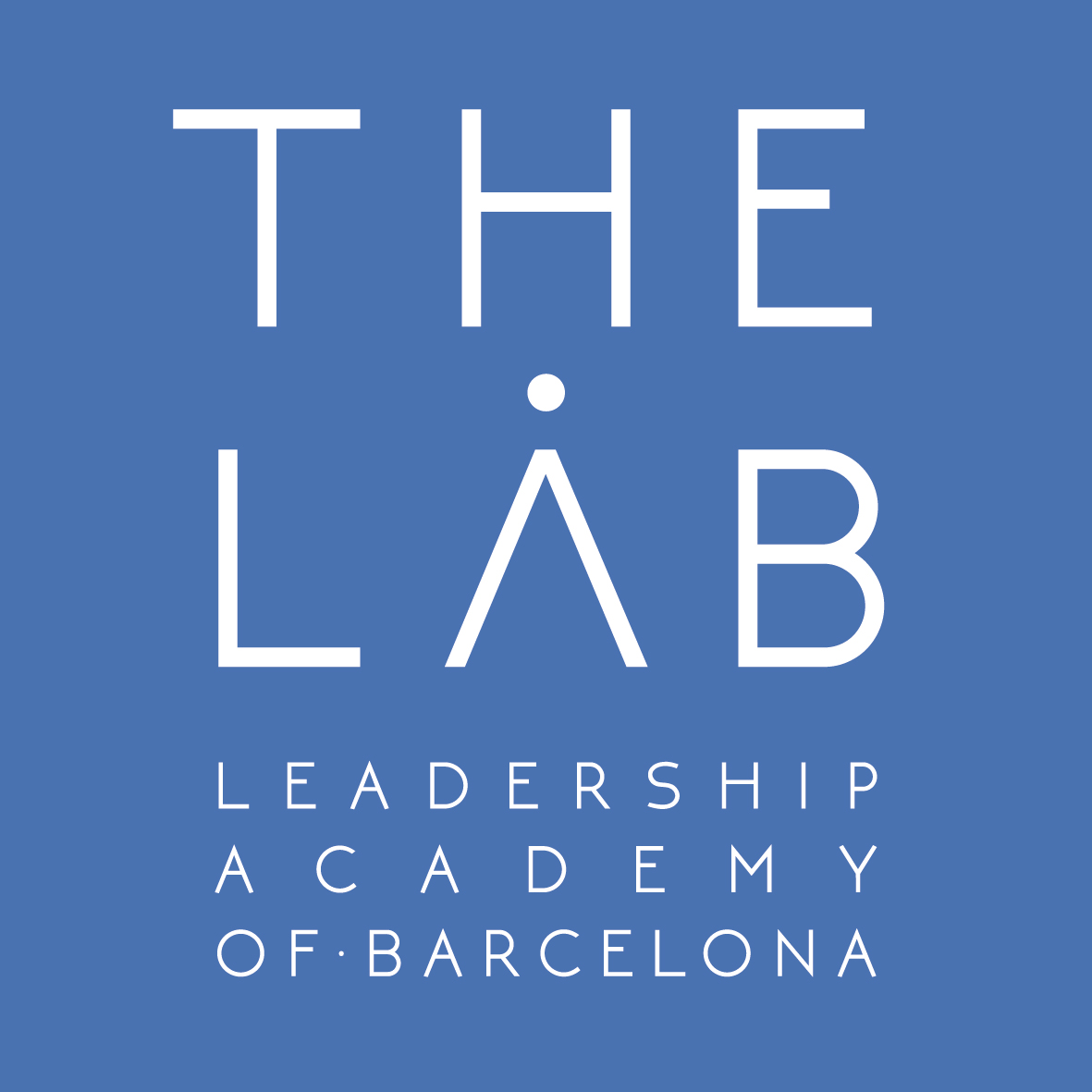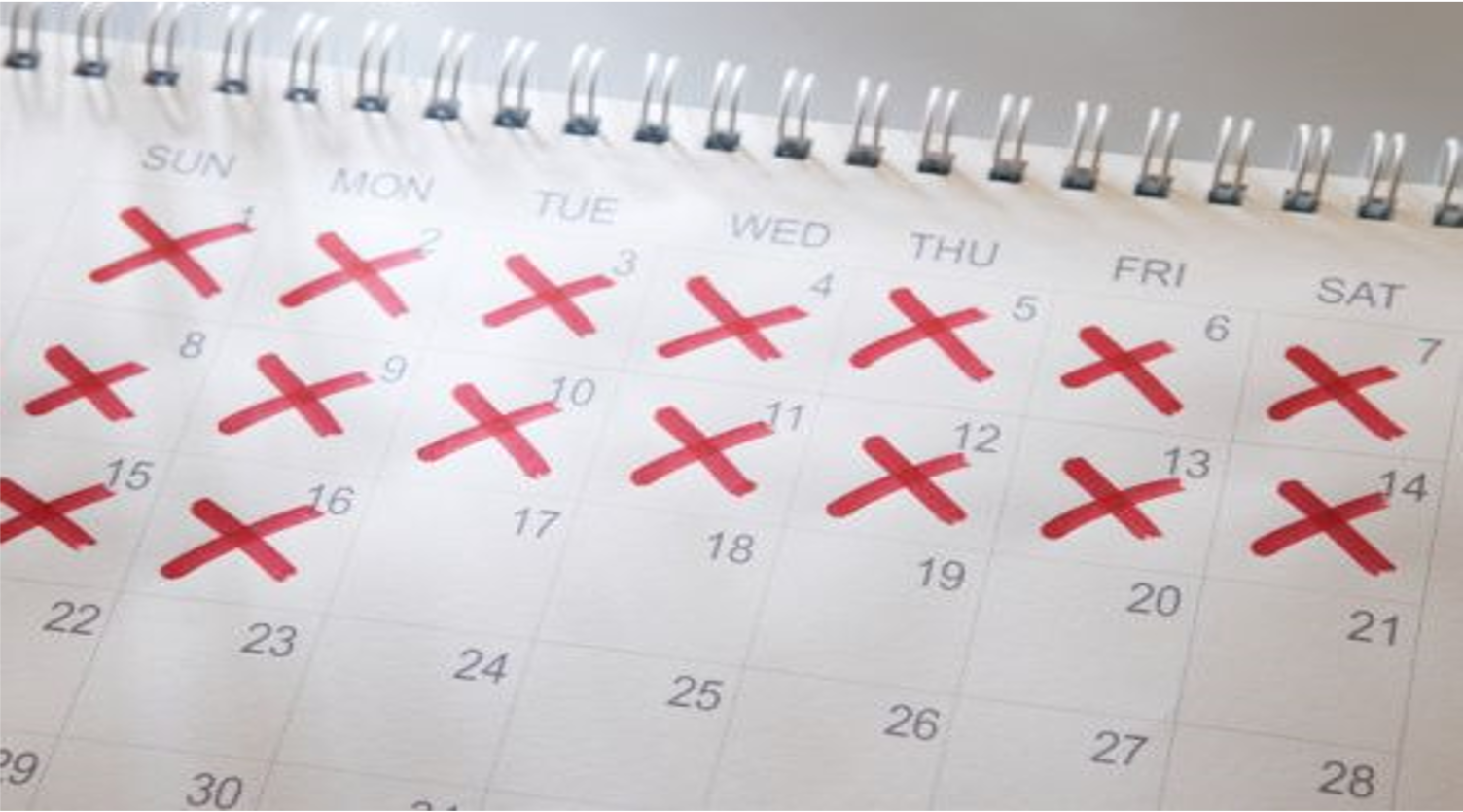On 27th January I gave a live talk for Speakers Associates, launching their new live series. Here are my notes on the 3 things I think you should know.
#1: Lower your mask
For almost a year now I’ve been wearing a mask every time I go out. On the streets of Barcelona everyone has one. And it makes it harder to communicate with people, to read their emotions. One of the basic, most valued gestures of human connection, the smile, has sadly disappeared from view.
This hiding of emotions got me thinking of how we often do the same in a metaphorical sense, ‘putting a brave face on things’ in the midst of this global collective trauma. Anxiety, depression and stress have sky-rocketed during the pandemic, accelerating an already worrying trend of the past few years in the digital age. And most of us tend to keep it inside, without sharing our problems with others.
I’m making a call here therefore to be vulnerable.
Vulnerability is not a show of weakness. It is a show of strength. At the onset of the crisis, the Marriott Hotels CEO Arne Sorensen published a video message on Twitter talking of the huge crisis facing the company which was, in his words “worse than the 2007 economic crisis and the September 11 World Trade Center attacks combined.” He showed real emotion in his address, coming close to tears on several occasions. Even his appearance, bald while undergoing cancer treatment, was an exercise in vulnerability. The message was hailed on all sides as a show of the type of leadership necessary to navigate the crisis.
So share your own concerns and fears. Open up. With your family of course. Yet consider also your colleagues and superiors at work. When we increase this transparency we help to build a culture of psychological safety, and research has shown that psychological safety helps to build the strong team bonds that results in high performance.
When we start to share more of our own emotions at work rather than always sticking with our rational selves, we draw others towards us, building loyalty and trust which gets us through the tough times.
So how might this look in practice? Perhaps you set up a virtual coffee with your boss or peer to share some issue that has been bothering you. If you’re nervous of doing this first, think about how you might pay attention to, and help others who might be vulnerable. How could you ‘check in without checking up’ perhaps with a more junior member of your own team? A simple “Is there anything I can help you with?” will help immensely with any issues that might detract from work performance and atmosphere that is made more difficult when people don’t see each other face to face. Keeping the social fabric strong when everyone is working at distance is paramount. Give, in order to receive. Lower your mask to feel safe. Be vulnerable. Enrich the social fabric of your workplace that is at risk when everyone is working at home.
#2: Re-design your R&Rs (Rituals & Routines)
I have a coffee grinder. I get up early and grind coffee. I’m tired and it’s hard work. I could pop in a coffee capsule and make my life easier, but I love that coffee grinder. There is a special moment when I begin to smell the freshly ground coffee and then hear it slipping out the stainless steel grinder as I empty it into the coffee filter. It’s a special morning ritual.
Rituals are more than habits or behaviours. They are imbued with meaning and purpose. They satisfy deep-lying needs. We may talk of rituals within the context of religion or history, but may not readily associate them with the workplace. Yet our pre-pandemic world of work was full of ritual. That early morning commute, or the coffee-machine catch-up. The Friday afternoon celebration with the team and an office glass of wine. All served a purpose. Any they’re all gone. Perhaps we think we miss some and not others. The daily commute might have been stressful to a degree but it was an important transition ritual that ensure we made the switch between home and work, giving us the best chance of being present in both places.
We’ve easily replaced many of the elements of our pre-pandemic working lives on a functional level, but what are you missing from before? Only now might you realise that flying gave you a special 30 second meditation before speeding down the runway, or that the overnight stay gave you a chance to invest in your own self, momentarily away from family and professional duties.
What I’m saying here is that you need to be pro-active in designing for your emotional needs.
Rituals and Routines save us from a blurred work-life existence which truly means we end up living at work, highlighting the negative side of our current shared experience, rather than working from home, which embraces the flexibility and distraction-free productivity.
For many, entrenched working patterns have been broken. Days, weeks, months, and years of our working lives often pass with ever tightening patterns of behaviour and unchanging habits. So let’s use this time as an opportunity to re-design our working lives for the better.
Start by asking yourself what you’re missing from your previous working life. Then start to actively design rituals in different spaces, considering both time and place. Perhaps you consider a new weekend ritual, or a way to mark starting or finishing work. And don’t forget the non-work elements since you’re at home, mealtimes or connecting deeply with family.
Re-design your R&Rs. Cater for your emotional needs. Create the boundaries necessary so that work and life don’t create a messy middle.
#3: Treat yourself like someone you are responsible for helping
I’m reading Jordan Peterson’s “12 Rules for Life.” The above statement is his second rule and I think it’s a great way to focus on the topic of self-care.
As Peterson talks about in the book we often take care of others, even our pets if we have any, much better than ourselves. Ask yourself each day on whether the treatment you are readily dishing out to yourself – both your actions and thoughts – would make you recoil in horror if you were to do the same to a cherished family member or friend.
I’ve long held the view the way we’re working isn’t quite working. I’ve focused the past 20 years of my career on looking at a more positive notion of work where health, wellbeing and the joys of life aren’t separate, or indeed compromised by how we make a living.
The COVID-19 pandemic has turned the world upside-down. Yet it also offers us an opportunity to reset the way we work. Many of the vulnerabilities that are being openly talked about in recent months, including mental health, and balancing work and family commitments, have been eroding work happiness and productivity for years. These issues have been magnified, causing much pain to millions of workers globally, yet show the undoubted business and life benefits of addressing wellbeing within the context of a working life.
Because health is such a multifaceted concept, it can often be a challenge to tick every single box when our lives are so busy and demanding. The key thing is to check in with yourself. And if you’re not okay for whatever reason,
acknowledge it and try to take action to address it. But don’t get too worked up over it, you’re not a problem to be solved – it’s ok not to be ok.
And at the risk of inducing a different type of fatigue on certain readers who have heard this a thousand times (it’s worth the risk because it’s important!) ‘put your own oxygen mask on first’. If you have a family to look after, or a team that needs to perform – they won’t get the best out of you if you run yourself into the ground.
I’ve covered countless areas of self-care in Sustaining Executive Performance and Chief Wellbeing Officer. It can be overwhelming, so many things to do. But just start by having a discussion with yourself, perhaps start a nightly journal and focus on the things that are going well. Studies have shown that gratefulness makes a huge difference to mental health. Do one thing a day that makes you smile. And then another. Joy and happiness are in the moments of life. Savour those moments. Treat yourself like someone you are responsible for helping.














